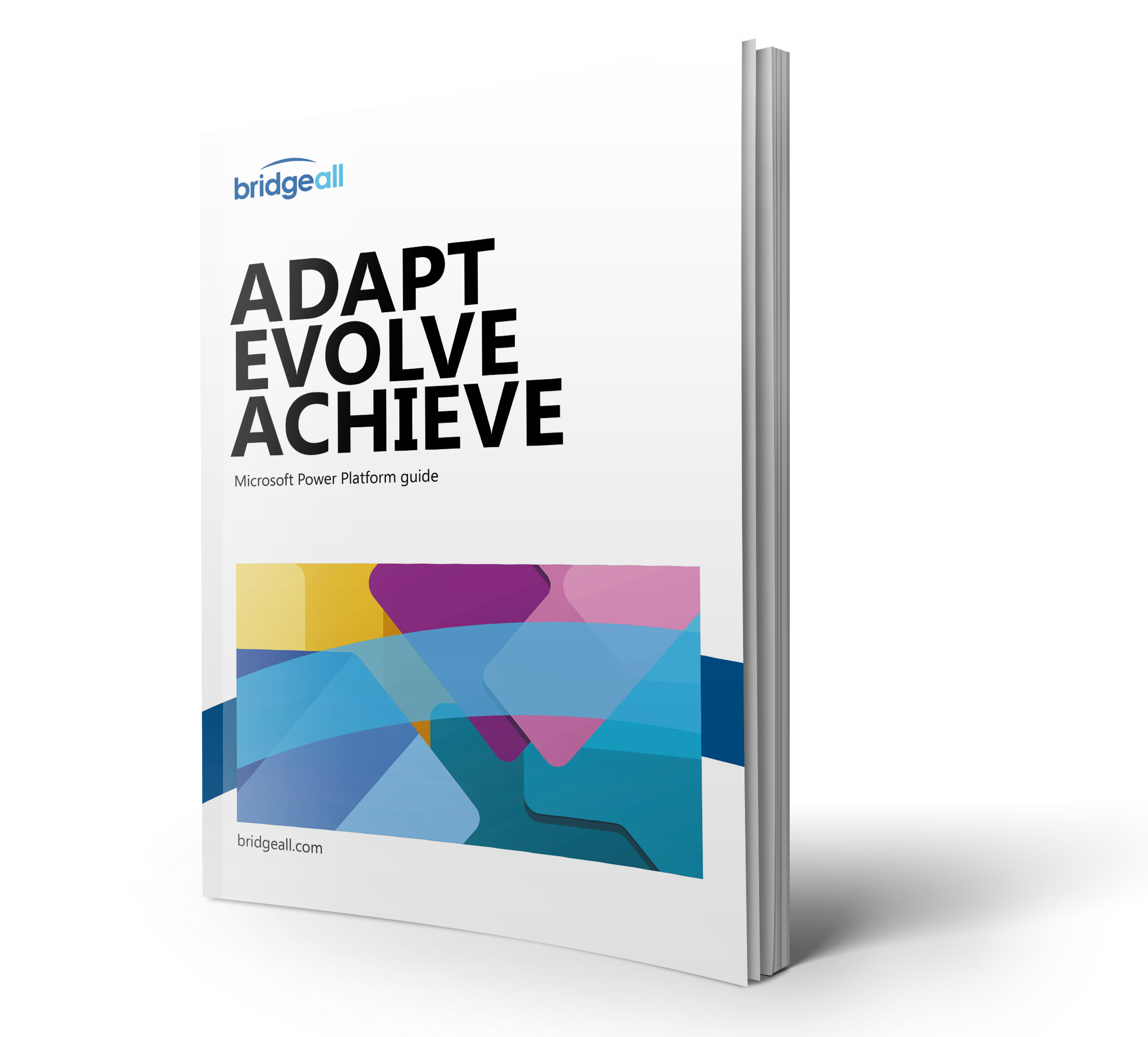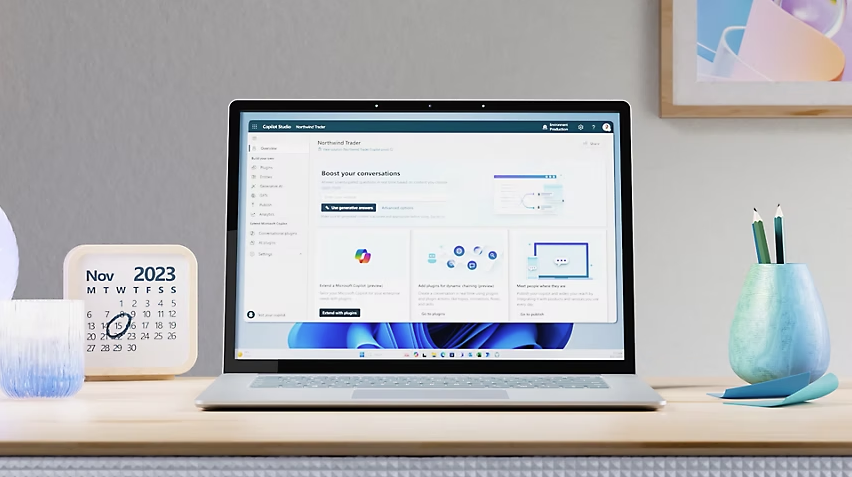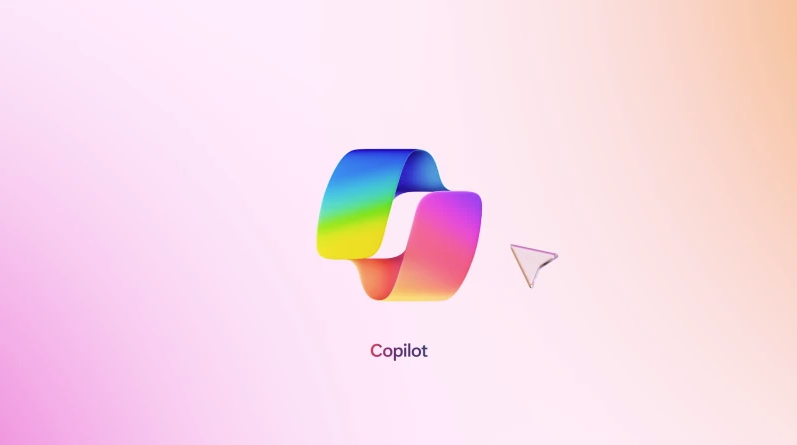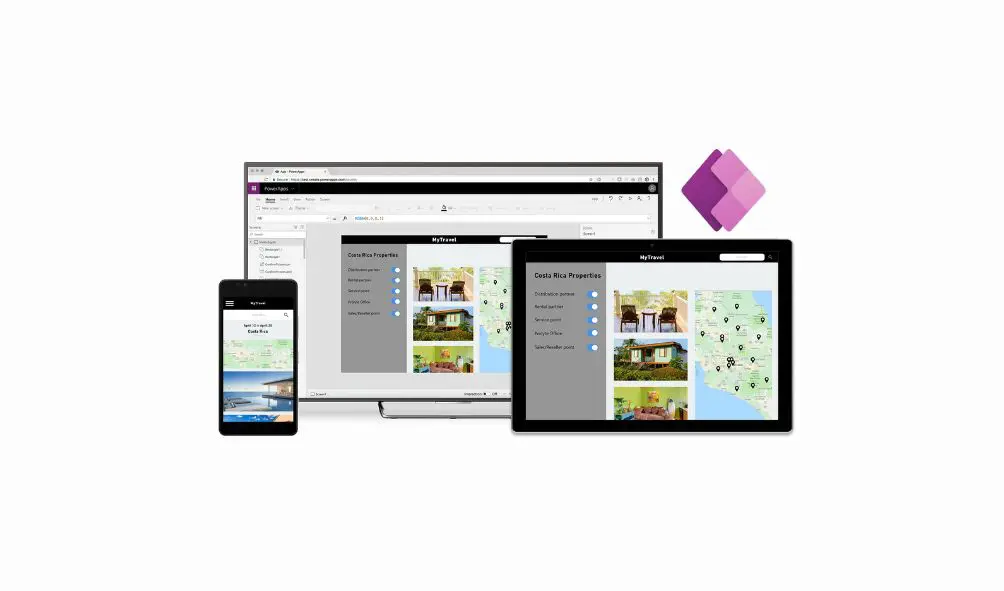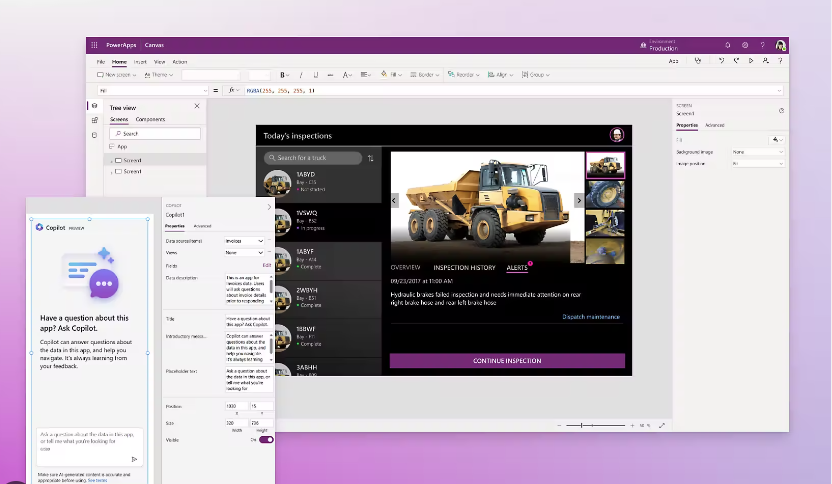Power Apps has been seeing a host of new features recently, and now there’s another one to add to the mix. Microsoft has announced the general availability of canvas components and component libraries.
These canvas components allow low-code developers to create reusable UX components that use default Power Apps controls as core building blocks. These custom components can then be shared across multiple apps and screens in and across Power Apps environments. In this article we explain more about this new feature and what this means for the app development process.
ALM support for component libraries
App makers can now create their apps and component libraries inside single or multiple solutions and import them into a different environment. So, if a canvas app is using a component library it is now tracked as a solution dependency.
If you’re wondering what a solution dependency is, this is where actions with a solution component require an action for another solution component. For example, if you delete an entity, you should expect that all the entity attributes will be deleted with it. Any entity relationships with other entities will also be deleted.
ALM support ensures that the dependency relationship is maintained in the target environment and any further library versions imported via solutions can deliver the updated components to the app. This is useful because it makes it easier to transport solutions between different environments and by bringing the component libraries with them you know they will work as intended.
Image/multimedia file support
You can now add multimedia files to the components inside a library. These components can then be used by all apps in an environment. Libraries with multimedia files can be moved across environments using the standard component application lifecycle management (ALM). This is beneficial as it becomes easier to transport solutions between different environments and by bringing the component libraries with them you know they will work as intended
Custom pages
Canvas components can be used in model-driven apps using custom pages. Canvas component library, provides app makers the ability to create custom components using a supported set of controls which includes modern Fluent UI controls. These components can then be reused across custom pages and applications, and can be centrally updated, packaged, and moved using Dataverse solutions. For More information about custom pages see add canvas components to a custom page for your model-driven app.
Fundamentals investments – Performance, reliability and accessibility
Canvas components have seen huge adoption across large and small organisations since Microsoft’s public preview announcement. Components are already being heavily utilised by hundreds of thousands of apps. The team has been constantly monitoring user feedback, feature usage, errors and has been shipping weekly updates to improve feature fundamentals.
To find out more about Power Apps and how they can benefit your business, contact our team or download our Power Platform guide below.

